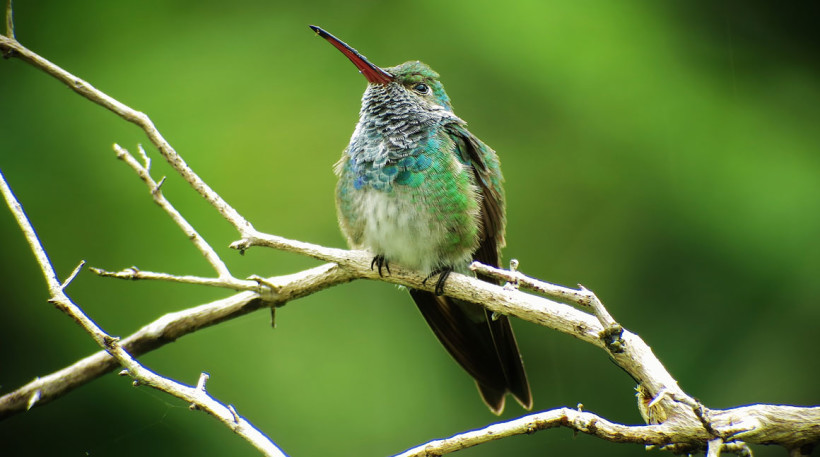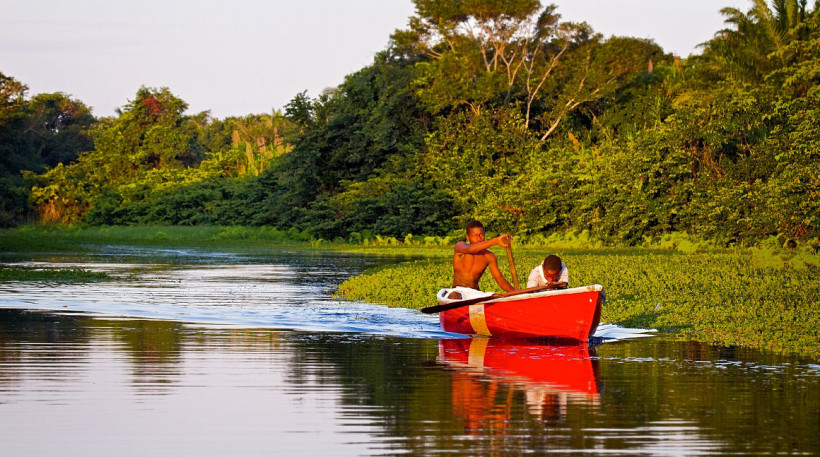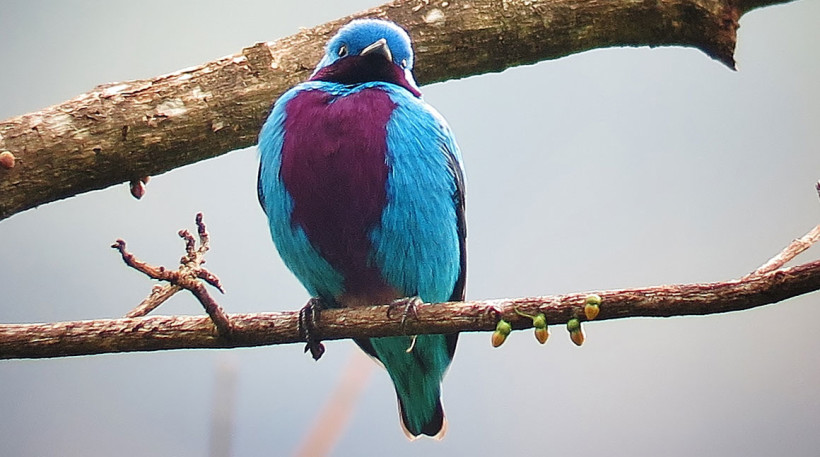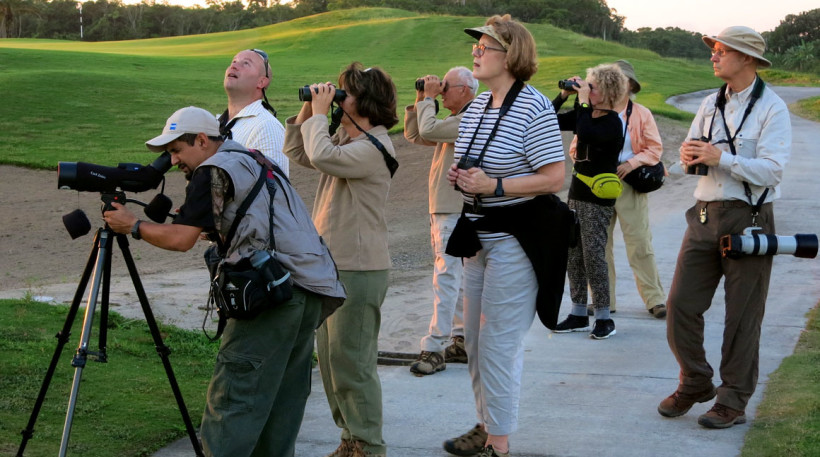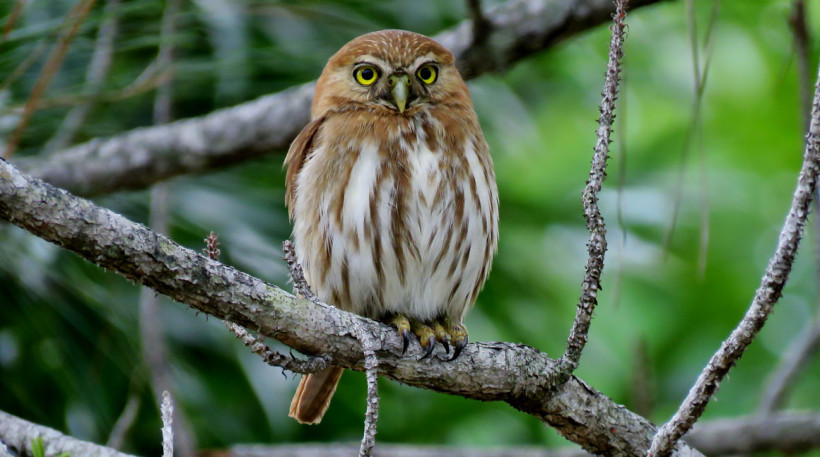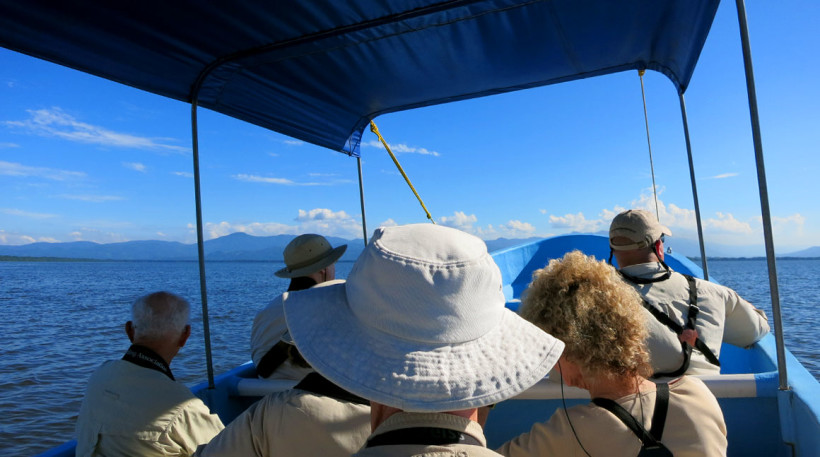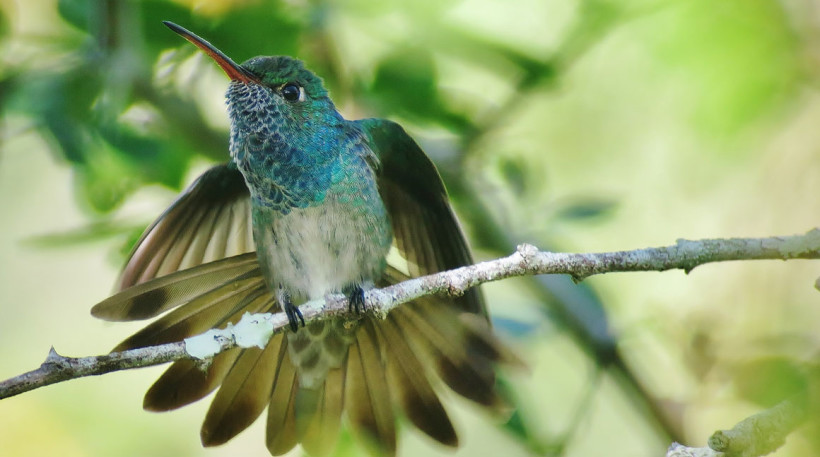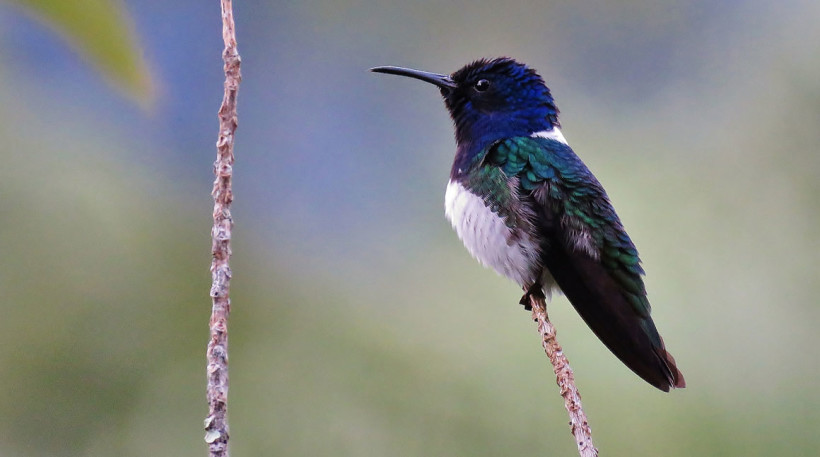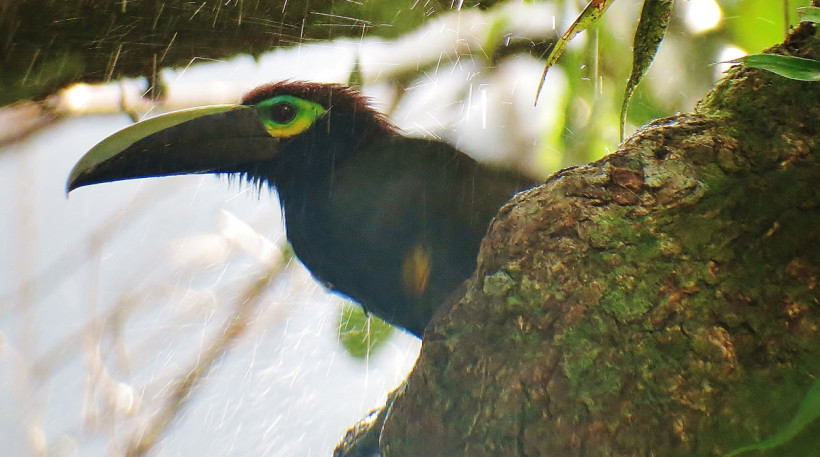North Coast and Aguan Valley
More info to come about this tour.
Notes:
The above birding itineraries are based on what are essentially popular routes for birders. It can be shortened or extended.
All trips are available year round, but prices may be adjusted around special holidays.
Tour can be extended:
Lake Yojoa for 3 or 4 days.
The Birding by Boat Tour: a day tour to cover fresh water river-lake, swamps and savanna birds.
To check availability for tours on short notice, fill out “Request more Info about this Tour” form with desirable dates.
Fitness – Easy to moderate hiking is require. For birders with moderate limitations we are able to make a special itinerary. Either way, birders will have a fantastic opportunity to views an impressive number of bird species, and the experience will be an enjoyable one.
Clothing – Dress for hot and humid tropical weather and be prepare for rain. Light clothing is recommended: cotton shirts and t-shirts (earth colors preferable), long and short pants, poncho, hiking shoes, an extra pair or sandals, hat, insect repellent and sun block.
Gear – Binoculars, scope, field guide, notebook and camera.
Request more Info about this Tour
Itinerary (7 days/6 nights):
Pick-up and ground transfer to The Lodge at Pico Bonito, the highly acclaimed birding/rain forest resort within 270,000 acre Pico Bonito National Park. Afternoon arrival at The Lodge will afford us time to unpack, refresh and enjoy some light birding of the Lodge grounds before dinner.
Dinner at The Lodge at Pico Bonito.
Our first day at The Lodge at Pico Bonito will begin at 6:00 AM, with an early breakfast/orientation on the spacious front deck of The Lodge’s Itzama Restaurant. For the next several hours our guide will lead us throughout the Lodge grounds and gardens, spotting numerous bird species that are common in the early hours. A climb to the top of the “Toucan Tower” observation platform, offers a bird’s eye view of the forest canopy that can include heart-stopping views of the coveted Lovely Cotinga.
Throughout the morning we will bird areas of tropical, secondary and gallery forest and plantation areas along the Rio Coloradito. Along this route, diversity is the rule and examples of sightings include Lovely Cotinga, Masked and Black-crowned Tityra, Blue crowned and Turquoise-browed Motmot, Tody Motmot, Keel-billed Toucan, Collared Aracari, Ferruginous Pigmy Owl, Black-cowled Oriole, Black-headed, Gartered, Collared and Slaty-tailed Trogon, Royal Flycatcher, Green, Shining and Red-Legged Honeycreeper, and up to 20 species of Hummingbird including Crowned Woodnymph, Blue-throated Goldentail, Violet Sabrewing, Purple-crowned Fairy, Stripe-tailed Hummingbird, Brown Violet-ear, Green Violet-ear and White-necked Jacobin.
Lunch at The Lodge at Pico Bonito.
In the afternoon, after lunch and a light siesta, we’ll ascend with our guide along The Lodge’s loop trail system in search of the more forest interior birds this rain forest paradise has to offer.
In addition to the Toucan tower at the trail’s beginning, this route offers an elevated ridge platform, which overlooks the Rio Coloradito and surrounding forested slopes. Well also visit observation Tower #3 along the way, set amidst an area of bird rich secondary tropical forest and overgrown plantation.
White-collared and Red-capped Manakins occur at various locations here and the Grey-headed Piprites may (rarely) be seen as well. Both Keel-billed and Tody Motmot are frequently encountered along this route. Other species here include the Great Curassow, Crested Guan, Slaty-breasted Tinamou, Little Tinamou, Scaly-throated Leaftosser, Keel-billed, Emerald and Yellow-eared Toucanets, Collared Aracari, a host of Flycatcher species, including the Royal Flycatcher, and many of the Trogon, Woodpecker, Woodcreeper, Tanager and Oriole species on The Lodge’s 420+ bird list.
In addition to superb viewing from The Lodge’s towers, this route passes several overlooks along the Rio Coloradito and sightings of many Raptor species can be made here. Great and Northern Potoo occur here as well.
Dinner at The Lodge at Pico Bonito
Cuero y Salado Wildlife Refuge is named for the Cuero and Salado Rivers which here meet the ocean, The Refuge comprises over 35,000 acres of coastal rivers, lagoons, mangroves, and forests, that are home to diverse wildlife including; West Indian Manatees, American Crocodiles, Spider and White-faced Monkeys, Lesser Anteaters and a variety of birds exceeding 350 species.
We’ll meet our guide early for breakfast, and depart for the refuge by 6:30. Access into this wilderness is via a small motorized train, which takes us along a century-old track through bird-rich ranchlands, marshlands and plantation areas, ultimately arriving at the mouth of the Salado River and the Refuge itself. Birding from the train is always exciting, as even the conductor is eager to stop and point out species of interest along the way. Depending on season, a variety of raptors, wading birds and edge-habitat species abound along the railway.
Once at the Refuge, we will explore the various aquatic and forest habitats from a small, motorized skiff. Our guides and boat handlers are superbly trained spotters and when needed, prefer to silence our boat’s motor and quietly paddle in for a better look.
Agami Heron, Boat-billed Heron, Bare-throated Tiger Heron, Yellow-crowned Night Heron, Tri-colored Heron, Jabiru Stork, Pigmy Kingfisher, Gray-necked Wood Rail, Sungrebe, Laughing Falcon, Bat Falcon, Lesser Yellow-headed Vulture, Gray-necked Wood Rail, and Sungrebe are but a few potential highlights of a visit to Cuero y Salado. During the right season (Feb. – March), we may also have the opportunity to visit an established Boat-billed Heron rookery, consisting of several hundred pairs of these broad billed, wide eyed, bill clapping mangrove inhabitants.
After lunch at The Lodge, we will have the afternoon to relax, visit The Lodge’s butterfly farm, or do additional birding from the Lodge’s decks or gardens.
Dinner at The Lodge at Pico Bonito.
After dinner, we’ll be guided around the Lodge’s gardens and plantation areas where Mottled Owl, Vermiculated Screech Owl, Black and White Owl, and both Great and Northern Potoo may be found. A stop at The Lodge’s frog pond nearly always turns up several Red-eyed Treefrogs and other tropical, amphibian species.
We’ll begin this full day of birding Honduras’ unique dry forest habitat with an early breakfast at The Lodge, and departure by 4:30 AM.
The target of our search, the beautiful but critically endangered Honduran Emerald survives only in remaining pockets of tropical dry forest to the south of Pico Bonito National Park. Descending the “rain shadow”, or southern side of the Park, cloud forested peaks and pine studded slopes give way to an arid, almost desert-like plain, once dominated by tropical thorn or dry forest.
Although endangered, the Honduran Emerald is considered common within its habitat. As such, regardless of season, our chances of seeing the Honduran Emerald are very good.
Our ride into “Emerald country” can be equally exciting, as a surprising number of bird species inhabit dry forest. Along the way, we’ll also visit localized wet areas within this arid region. These sites can be magnets for wading birds and other species. We’ll go after species such as; Double-striped Thick-knee, Lesser Roadrunner, Lesser Ground-cuckoo, Beardless Tyrannulet, White-lored Gnatcatcher, White-throated Magpie-jay, Banded Wren, White-bellied Wren, and Stripe-headed Sparrow, and Salvin’s Emerald among others.
We’ll enjoy lunch in the nearby ranching town of Olanchito, and return to The Lodge by 4:00 PM.
Dinner at The Lodge at Pico Bonito
Rio Santiago Nature Resort is a 150 acre private preserve located 30 kilometers west of The Lodge at Pico Bonito. Its secluded, rain forest location and impressive numbers of hummingbird feeders has earned it the name of “hummingbird capital of Honduras”. Throughout most of the year, Santiago’s trails and main garden areas abound with bewildering numbers of some of Honduras’ most well-known hummingbird species.
Rufous-tailed Hummingbird, Cinnamon Hummingbird, Brown Violet-ear, Band-tailed Barbthroat, Violet Sabrewing, Crowned Woodnymph, Stripe-throated Hermit, Long-billed Hermit, Stripe-tailed Hummingbird, White-bellied Emerald, and Scaly-breasted Hummingbird are among the 20+ species that frequent Santiago’s feeders.
In addition, the spectacular Keel-billed Motmot, Rufous-tailed Jacamar and Sunbittern are frequently seen along with Red-capped and White-collared Manakins along Santiago’s trail system.
Lunch/Dinner at The Lodge at Pico Bonito
We’ll meet our guide for breakfast, and depart for The Lancetilla Botanical Gardens by 6:30 AM. Set amidst a coastal valley flanked by low, rain-forested hills, The United Fruit Company founded Lancetilla as a station where tropical fruit and wood trees were studied for commercial value. The Gardens were founded in 1925, and some of that work continues. However this diverse tropical treasure, composed of a mosaic of forest and edge habitats, is today best known for its superb birding.
Honduras’ annual Christmas Bird Count is held at Lancetilla, and every December, bird watchers flock to confirm and add to the Garden’s growing list of colorful, tropical species. The current bird list reads like a who’s who of tropical birds, and includes Motmots and Manakins, Woodcreepers and Warblers, Woodpeckers, Toucans, Tanagers, and scores of others.
A typical day of birding here can yield:
Little Tinamou, Common Black Hawk, Ornate Hawk-eagle, Ruddy Crake, White-fronted Parrot, Red-lored Parrot, Squirrel Cuckoo, Black-headed Trogon, Gartered Trogon, Collared Trogon, Turquoise-browed Motmot, Blue-crowned Motmot, Rufous-tailed Jacamar, Great Antshrike, Barred Antshrike, Long-billed Gnatwren, and a host of other resident and migrant species.
We’ll complete our morning at Lancetilla with lunch in the beach-side town of Tela, and return to The Lodge in time to relax, freshen up and our last night’s dinner at The Lodge.
Breakfast at The Lodge, Depart for San Pedro Sula International Airport

